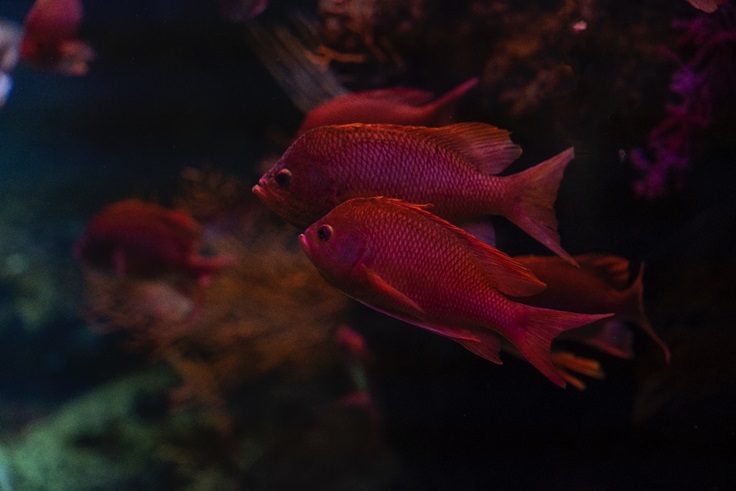Guide to Tank Substrate: Creating a Healthy Foundation for Your Aquarium

Setting up a well-balanced and thriving aquarium requires careful consideration of various factors, and one key element is the choice of tank substrate. The substrate, or the material that lines the bottom of the tank, plays a crucial role in the overall health and functionality of your aquarium ecosystem. In this comprehensive guide, we will explore the importance of tank substrate and provide valuable insights on how to select the right substrate for your aquarium setup. Additionally, we will address the question can you use potting soil as aquarium substrate.
Understanding the Role of Tank Substrate
Tank substrate serves several essential purposes in an aquarium:
- Anchor for Plants: Substrate provides a solid foundation for aquatic plants, allowing them to establish their roots and grow effectively. It provides stability, preventing plants from floating or toppling over.
- Biological Filtration: Beneficial bacteria colonize the substrate, helping to break down waste materials and maintaining water quality. These bacteria play a vital role in the nitrogen cycle, converting harmful ammonia into less toxic compounds.
- Aesthetic Appeal: Substrate enhances the visual appeal of the aquarium, creating a natural and realistic habitat for fish, plants, and other aquatic inhabitants. It can contribute to the overall aesthetics and theme of your tank.
Types of Tank Substrate
There are various types of tank substrates available, each with its own unique characteristics and benefits. Here are some common substrate options:
- Gravel: Gravel is a popular choice due to its versatility and availability in different sizes and colors. It provides good water circulation, allowing debris to settle between the gaps and preventing it from accumulating on the surface.
- Sand: Sand is finer in texture compared to gravel and offers a smoother appearance. It is an excellent choice for bottom-dwelling fish and species that like to sift through the substrate. However, sand can sometimes compact, which may affect water circulation.
- Aquatic Soil: Aquatic soil is specifically formulated for planted aquariums, enriched with essential nutrients that support plant growth. It provides a fertile base for aquatic plants and promotes their overall health and development.
- Marble Chips or Crushed Coral: These substrates are commonly used in marine or saltwater aquariums to maintain a higher pH level and create a more alkaline environment. They also provide hiding places for certain fish species.
- Specialized Substrates: There are specialized substrates available for specific purposes, such as buffering the water’s pH level or creating a blackwater effect. These substrates are designed to mimic natural habitats and cater to specific fish or plant species.
Can You Use Potting Soil as Aquarium Substrate?
Using potting soil as an aquarium substrate is generally not recommended. Here’s why:
- Chemical Additives: Potting soil often contains chemical additives, such as fertilizers and pesticides, which can be harmful to fish and other aquatic organisms. These additives are not intended for use in aquariums and can disrupt the delicate balance of the aquatic ecosystem.
- Compaction and Cloudiness: Potting soil tends to compact when submerged in water, reducing water circulation and potentially causing anaerobic conditions. Additionally, potting soil can release a significant amount of debris and cloud the water, affecting water clarity.
- Nutrient Imbalance: While potting soil may contain nutrients that can benefit plants, it is challenging to control the nutrient levels in an aquarium. Excessive nutrient levels can lead to algae blooms and other water quality issues.
- Lack of Buffering Capacity: Potting soil does not have the buffering capacity needed to maintain stable pH levels in an aquarium. Fluctuations in pH can stress fish and other aquatic organisms, leading to health problems.
Conclusion
Choosing the right tank substrate is essential for creating a healthy and visually appealing aquarium. Consider the needs of your fish, plants, and the overall aesthetic you wish to achieve. While potting soil may seem like a convenient option, it is not suitable for aquarium use due to potential chemical additives, compaction, nutrient imbalances, and lack of buffering capacity. Instead, opt for substrates specifically designed for aquariums, such as gravel, sand, or aquatic soil. With proper substrate selection and installation, you can create a thriving aquatic environment that provides a natural habitat for your fish and plants, while also enhancing the beauty of your aquarium.